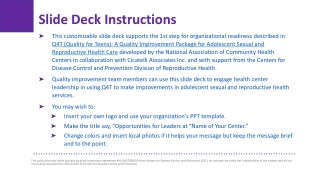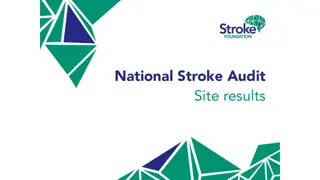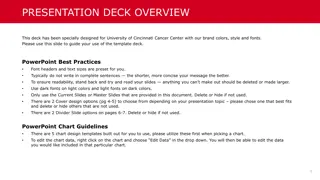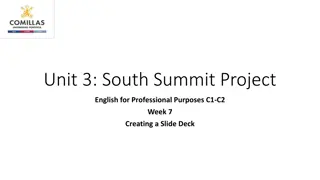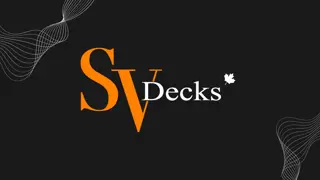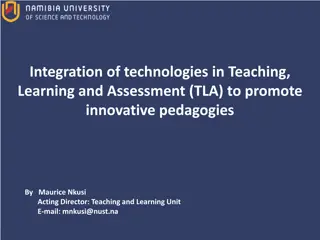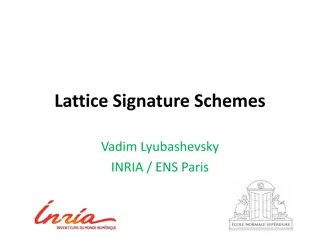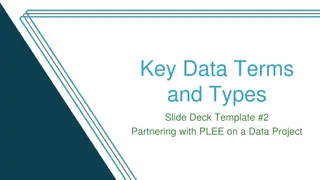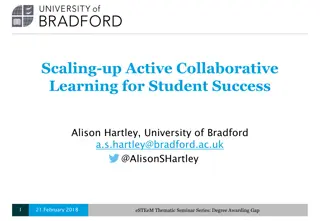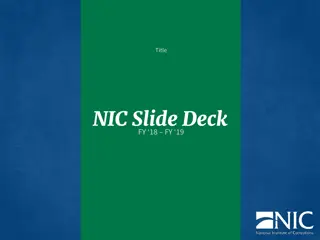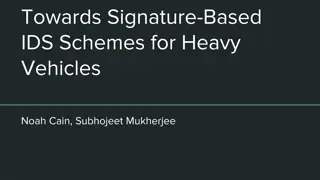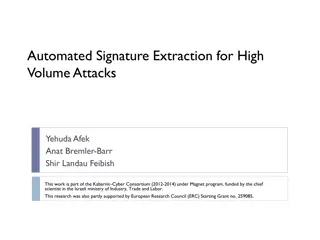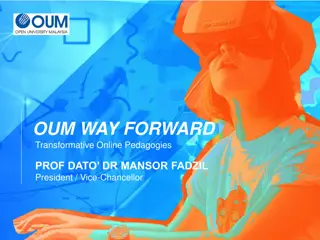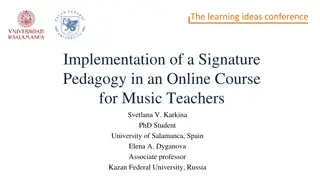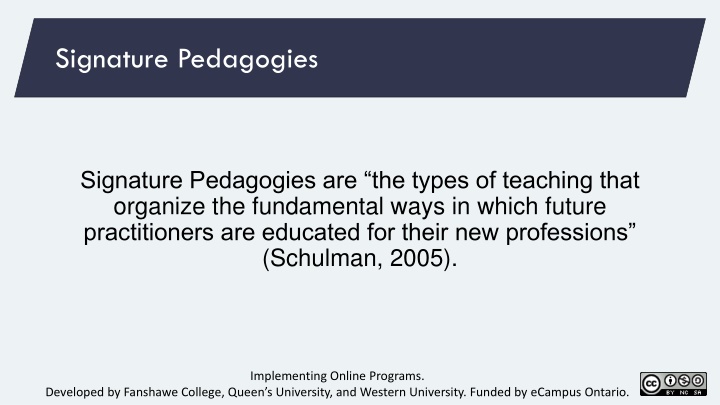
Unveiling Signature Pedagogies in Professional Education
Explore the essence of signature pedagogies shaping future practitioners in professional fields. Delve into the dimensions and structures that define effective teaching methods, and uncover the implicit values integral to educational programs. Discover the significance of concrete, operational acts, assumptions guiding knowledge impartation, and the moral beliefs underpinning professional attitudes. Gain insights on implementing online programs developed by educational institutions in Ontario.
Download Presentation

Please find below an Image/Link to download the presentation.
The content on the website is provided AS IS for your information and personal use only. It may not be sold, licensed, or shared on other websites without obtaining consent from the author. If you encounter any issues during the download, it is possible that the publisher has removed the file from their server.
You are allowed to download the files provided on this website for personal or commercial use, subject to the condition that they are used lawfully. All files are the property of their respective owners.
The content on the website is provided AS IS for your information and personal use only. It may not be sold, licensed, or shared on other websites without obtaining consent from the author.
E N D
Presentation Transcript
Signature Pedagogies Signature Pedagogies are the types of teaching that organize the fundamental ways in which future practitioners are educated for their new professions (Schulman, 2005). Implementing Online Programs. Developed by Fanshawe College, Queen s University, and Western University. Funded by eCampus Ontario.
The Three Dimensions of a Signature Pedagogy 1. Surface Structure, the leaves: Concrete, operational acts of showing and demonstrating, of questioning and answering, of interacting and withholding. 2. Deep Structure, the trunk: A set of assumptions about how best to impart a certain body of knowledge and know-how. 3. Implicit Structure, the roots: A moral dimension that comprises a set of beliefs about professional attitudes, values, and dispositions. Implementing Online Programs. Developed by Fanshawe College, Queen s University, and Western University. Funded by eCampus Ontario.
Surface Structure What are or what should be concrete, operational acts of showing and demonstrating learning within this field of study? Implementing Online Programs. Developed by Fanshawe College, Queen s University, and Western University. Funded by eCampus Ontario.
Deep Structure What assumptions are we making about how best to impart knowledge and know-how within this program? Implementing Online Programs. Developed by Fanshawe College, Queen s University, and Western University. Funded by eCampus Ontario.
Implicit Structure What professional attitudes, values, and dispositions comprise this program? Implementing Online Programs. Developed by Fanshawe College, Queen s University, and Western University. Funded by eCampus Ontario.
Additional Questions What teaching and learning practices would you be proud of to see included in the courses comprising this program? What is unique or special about what you do when you re teaching in the areas/topics that will become a part of this program? What pedagogical practices will enable students to think, perform, or act with integrity for the profession/engagement in the field? Why is this a valuable pedagogy for the program? Implementing Online Programs. Developed by Fanshawe College, Queen s University, and Western University. Funded by eCampus Ontario.
References Shulman, L. S. (2005). Signature pedagogies in the professions. Daedalus, 135(3), 52-59. Implementing Online Programs. Developed by Fanshawe College, Queen s University, and Western University. Funded by eCampus Ontario.

